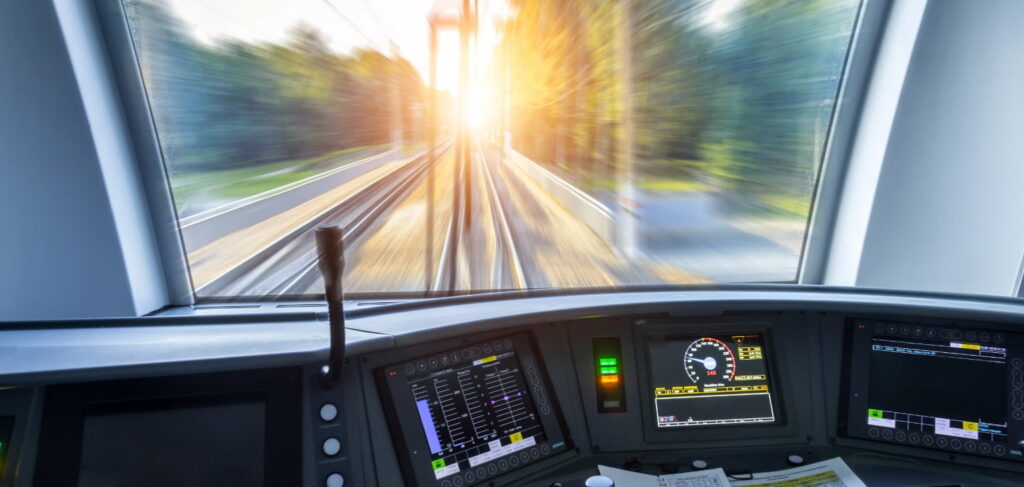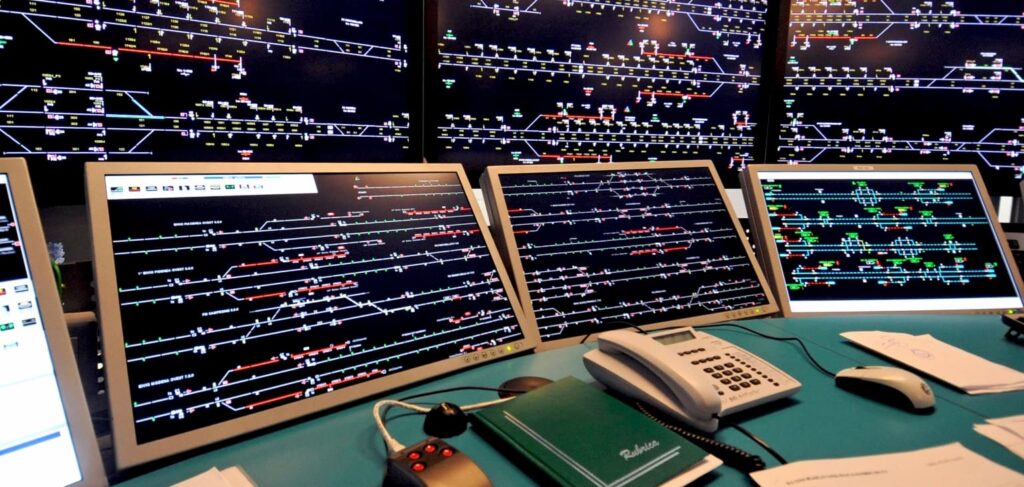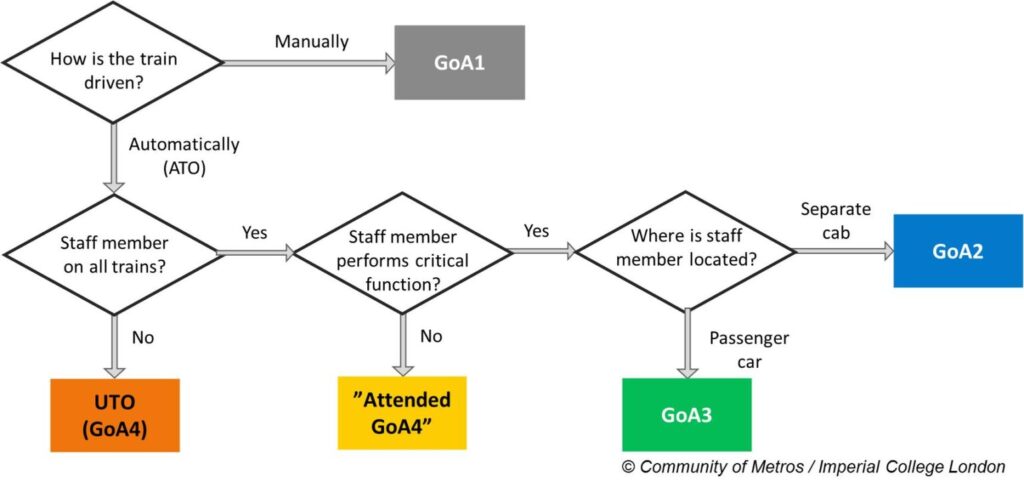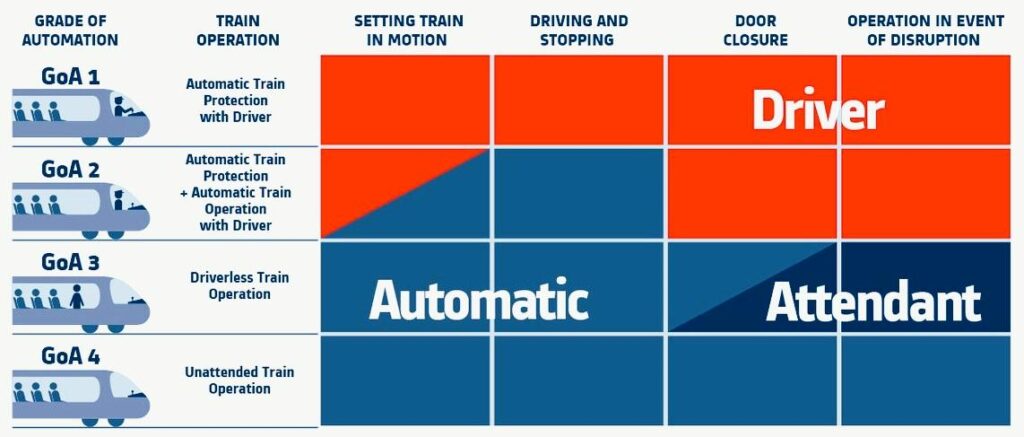With rapid changes in the technological landscape, staying ahead of the curve has become a significant challenge in the engineering world, impacting R&D departments, factories, and supply chains. Engineering is what powers the world we know today. Transportation relies on the engineering industry and the expertise of those who work in it to move the world forward.
While there has been a revival of advancements for railways in the past decade, the increasing density of the urban population is placing more demand on transit infrastructure. Signaling technologies of the past are unable to keep up with increased throughputs. This demand has resulted in transit operators shifting towards semi or fully-automated train operation and signaling systems.
This technical paper elaborates on various grades of automation that apply to train operations, enabling it to meet the intended functions.
In railway systems, specifically in metro train operations, automation refers to the process by which responsibility for the operation management of the trains is transferred from the driver to the train control system.
There are various degrees of automation (or Grades of Automation, GoA); these are defined based on the train operation’s essential functions which are the responsibility of staff and the train system itself. For example, a Grade of Automation 0 would correspond to on-sight operation, such as a tram on street traffic. Grade of Automation 4 would refer to a system in which vehicles are run fully automatically without any operational staff onboard.
The IEC 62290-1:2014 standard focuses on rail automation for public transit systems such as subways, metros, or commuter trains referred to as UGT or Urban Guided Transport. The IEC 62290-1 defines the various levels of automation and the minimum mandatory functions required to achieve these levels, are referred to as Grades of Automation.
The standard defines five levels of automation:
GoA 0 has no mandatory functions assigned to it, and therefore, it is considered a dark system or no signaling. The operational procedure manages all train movements and controls wayside elements (such as switches).
For example, suppose a train is required to move from a depot track to an operational track. In that case, it is the responsibility of the train operator to ensure the switches are in the correct position and ensure that the train does not collide with the train ahead.
Procedures govern all aspects of a GoA 0 system. The system does not protect trains.
A GoA 1 system is a conventionally-signaled system common to all subway or metro systems worldwide. The IEC 62290-1 has allocated an “Ensure Safe Movement of Trains” set of functions. This means the GoA 1 system will determine if it is safe for a train to proceed by locking switches and setting the aspect of the signals. However, the train driver controls braking, propulsion, and reading wayside signals accurately before moving the train forward.
The driver is also responsible for opening and closing train doors and determining whether departing from a platform is safe. Most mainline trains operate on GoA 1.
In a GoA 1 system:
Rail automation is the ability to control the train’s movement without a driver, and GoA 2 is the first Grade of Automation level capable of functionally automating the core rail operations.
In GoA 1, the driver is the critical link between the aspect displayed on a signal and the commands sent to the trains’ braking and propulsion. In GoA 2, the vehicle and wayside controller eliminates and replaces these duties.
The wayside controller determines how far the train can travel by transmitting movement authorization data to the vehicle controller. The vehicle controller determines when to apply braking or propulsion effort based on the movement authority.
GoA 2 is the minimum signaling automation level but also the most complicated. GoA 2 automation is the ability to control propulsion and braking based on the conditions of the track ahead. While achieving GoA 2 automation is significant, more is needed for a modern urban transit system. The next Grade of Automation is to increase the level of trackside/platform awareness and control.

A GoA 3 system is aware of its surroundings along the track. Trackside devices installed along the track detects obstacles that may obstruct train movements, such as tunnel ventilation doors or work crews maintaining the track. These devices connect to a wayside unit that sets the movement authority for all trains. Another approach is for the train to “look” ahead and determine if there are any obstructions along the track. Onboard devices map the track ahead and identify potential hazards or blocks, determining whether the train needs to slow down or stop altogether. At the platform, a GoA 3 system must monitor for the unauthorized opening of platform doors, activate platform emergency stop devices, and create a protection zone if either occurs.
Most Communication-Based Train Control (CBTC) systems worldwide are GoA 3 because this is the level of automation most operators expect; control over the train, awareness of trackside hazards, and control over the platform.
GoA 4 is all about total automation. The transformation is complete at this level, and the system has taken over the train, wayside, and platforms. The operator’s involvement is reduced, if not eliminated. The operator’s role is to monitor the system and only get involved if the automated system cannot handle a failure.
GoA 4 has also extended its reach into the yard, which means that human intervention is no longer required to bring a train from the depot tracks to the mainline. GoA 4 will “wake up” the train, perform self-tests, launch the train into the mainline, route the train to the yard at the end of service, park the train in the depot track, command the train to “sleep”, and repeat the entire process the next day. The involvement of a human operator is reduced to just monitoring the system and performing maintenance functions when required.


Technical progress has made train control systems capable of supervising, operating, and controlling the entire operational process. The key elements for this are:

Implementing Unattended Train Operation (UTO) systems allows operators to optimize the running time of trains, increase the average speed of the system, shorten headways up to 75 seconds, and reduce the dwell time in stations (in optimal conditions) to 15 seconds.
At Quest Global, we strive to be the most trusted partner for the world’s hardest engineering problems. With our deep industry knowledge and exceptional digital expertise, we are committed to making rail journeys safer both on and off the track.
We have an expert software development team of train signaling veterans and highly-qualified software engineers providing end-to-end services across safety critical aspects.
As trains evolve and become more complex, the underlying software that enables various grades of automation plays a vital role. Our testing labs execute test scripts on this software. Using a real-time simulator, we test complex requirements thoroughly across multiple baselines to achieve a near 100% success rate all while providing significant cost benefits to our customers.
To learn how Quest Global’s transformative engineering solutions can help you increase passenger safety while saving time and cost with automation, connect with our experts.
Sendhil Kumar G and Durai Murugan K penned this article. The authors have a combined experience of close to 44 years in the rail and automotive industry.
Sendhil Kumar G holds a Master of Technology in New Product Design. He has a combined experience of over 20 years, with 17 of those years in interior, exterior, car body, and systems design for the railway sector.
Durai Murugan K holds a Master of Technology in Engineering Design and a Master of Business Administration in Operations Research. He has over 24 years of experience in rail, industrial, automotive, and oil and gas, with eight years of experience in interior, exterior, and systems design for the railway sector.